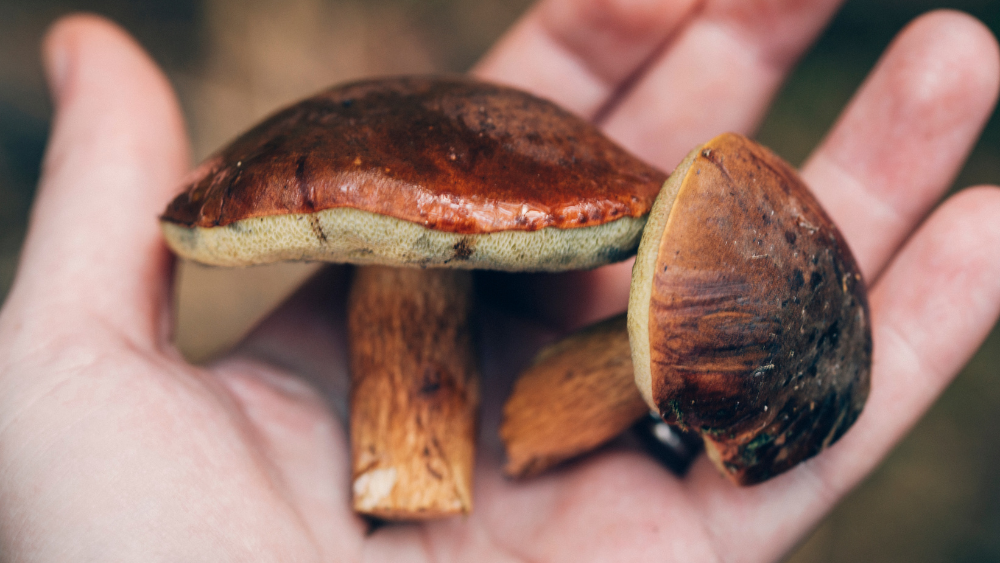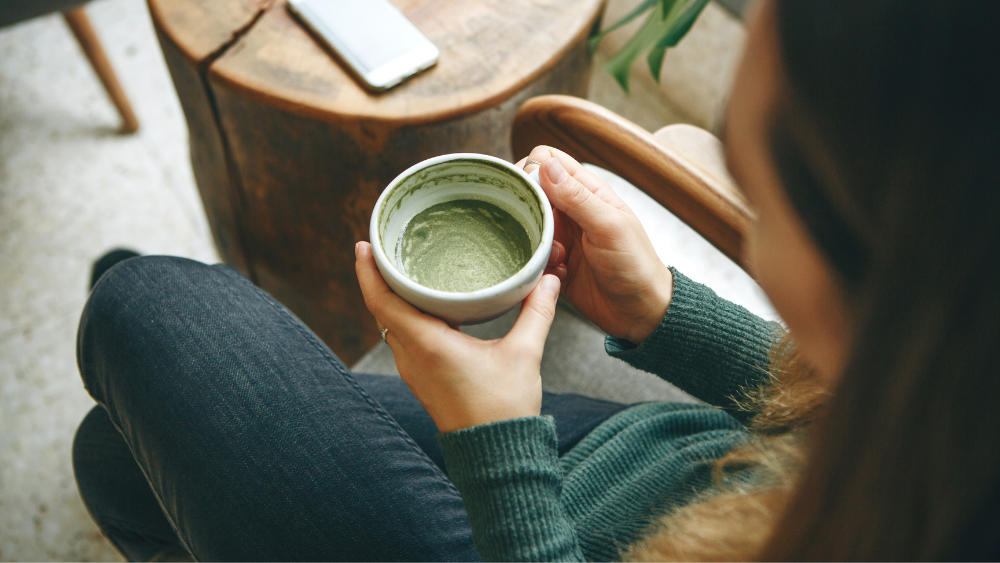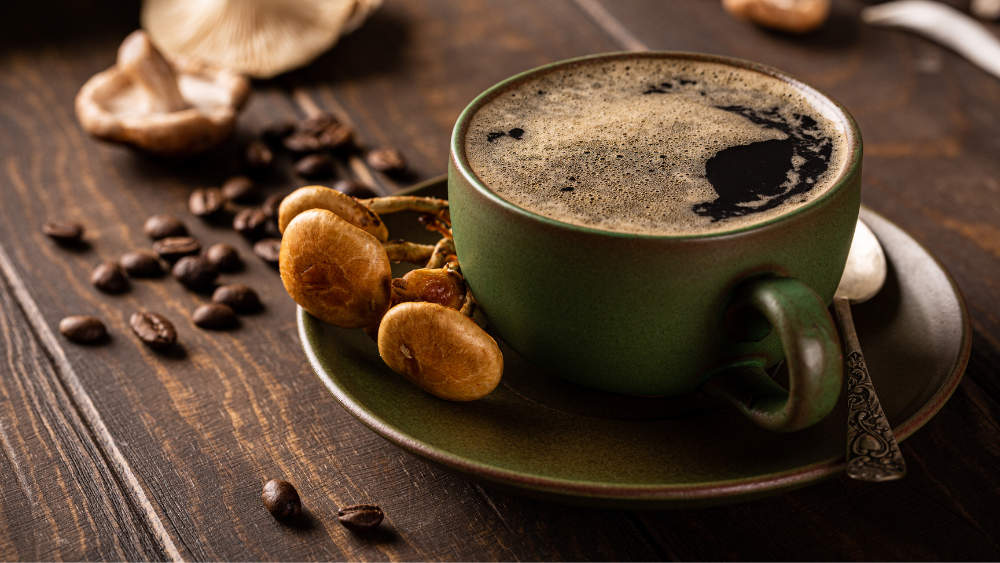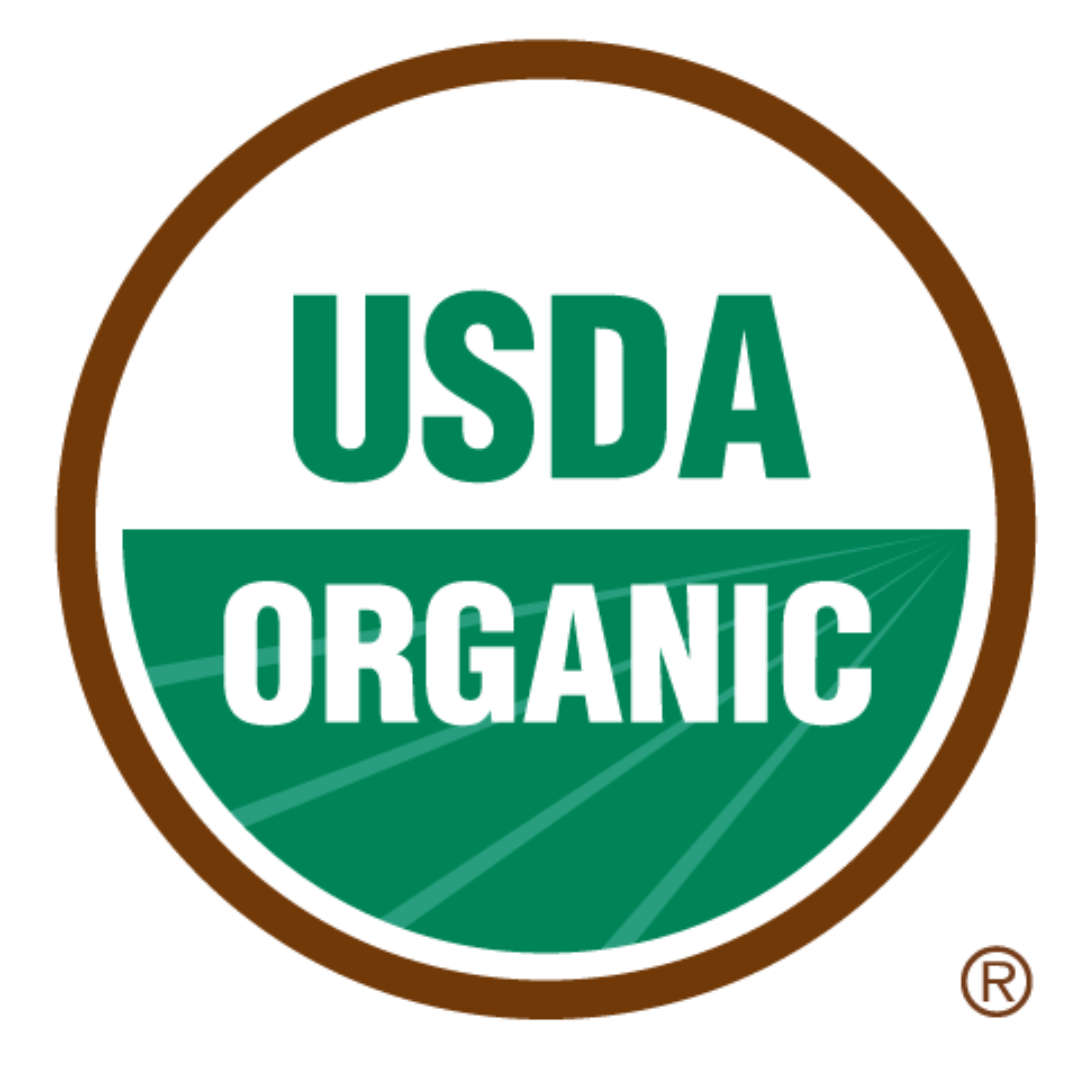October 1, 2024 | Dr. Silvana Jakupovic, ND
Foraging for edible wild mushrooms is a great way to connect with nature and explore wild food. However, you need to be careful when mushroom hunting as it’s very important to know how to identify mushrooms correctly. Eating the wrong mushroom can lead to big problems.
What Makes a Mushroom?
Mushrooms are part of the fungi kingdom. Unlike plants, they get their nutrients by absorbing them instead of using sunlight. What we call mushrooms are the fruiting bodies of these fungi; they grow from a large network of underground threads known as mycelium.
The main job of a mushroom is to help it reproduce. They let out spores, tiny particles that can grow into new mycelia. Learning about this simple life cycle of fungi can help you understand and identify different species better.
Common Mushroom Characteristics
Mushrooms come in many types, but they often have similar traits. The cap is the top part and can change in shape, color, and texture. Under the cap, you usually see gills, which can help determine spore color. These thin, flat parts spread from the center and help make spores. Some mushrooms have pores instead of gills.
It is important to look at the color, texture, and how these gills or pores are attached. This gives helpful hints about what type of mushroom it is. The stem, called the stipe, also provides useful details. It can be in the center, off to the side, or not there at all. Like a small pouch at the bottom, the stem might have rings or a volva. These features can help tell different species apart.
Remember that while these common features help with identification, it's best to check with trusted sources and experts for the right information.

Essential Tools for Mushroom Foraging
Having the right tools is just as important as knowing when you want to collect mushrooms. These tools help you gather specimens safely. They also make it easier to identify different species.
Foraging Basket or Bag
A special basket or bag is a key tool for anyone who hunts mushrooms. This not only keeps your finds neat but also helps you forage responsibly. Pick a container that allows air to flow through so the mushrooms are not crushed or too wet.
Woven baskets are great since they allow ventilation and keep your collected specimens safe. Mesh bags are also good, especially for more fragile types of mushrooms. A special container for foraging ensures that your picked mushrooms stay in the best shape, allowing you to enjoy their distinct flavors and textures.
Field Guide to Mushrooms of the United States
A good field guide is always by your side when finding mushrooms. If you live there, choose a guide that fits your area, like Mushrooms of the Northeast. Field guides give clear descriptions, pictures, and photos of mushroom types. They also share info about where mushrooms grow, when they appear, and similar species you should know. This helps you identify them correctly.
Magnifying Glass and Knife
A magnifying glass is a simple tool, but it is beneficial for looking at the tiny details of mushrooms. You can use it to observe the gills, pores closely, stem, and other parts. This will help you identify different mushrooms.
A knife is another essential tool for mushroom foragers. A sharp, smooth blade lets you pick mushrooms without hurting the mycelium around them. A knife is also great for cleaning mushrooms in the field. It helps remove dirt, debris, or unwanted parts.
Preparing for Your First Foraging Trip
Going on your first mushroom foraging trip is really exciting. To keep it fun and safe, prioritize safety and get the right tools. Also, remember that foraging responsibly means protecting the environment and taking care of yourself.
Safety Tips and Legal Considerations
Always be careful when foraging for mushrooms. Make sure you identify any mushroom without a doubt before you eat it. If you're unsure, ask for help from experienced foragers or mycologists.
Only pick mushrooms from places where it is legal to do so. Know the local rules about mushroom collecting. Before you eat wild mushrooms, make sure to cook them well. This helps get rid of any possible toxins. Remember, even safe mushrooms can upset your stomach if you don't prepare them right.
Safe mushroom hunting means having knowledge, following the law, and carefully preparing your food.

Step-by-step Guide to Identifying Mushrooms
Identifying mushrooms requires you to observe their unique features closely. If you follow a careful method, you can collect the needed details for safe identification. Keep in mind that practicing will improve your ability to spot patterns and see small differences.
Step 1: Observing the Habitat and Season
Look at the area around you. Notice the types of trees, the soil, and nearby water sources. Different types of mushrooms are like other places, so knowing this can help you identify them.
Pay attention to the season and recent weather. Many mushrooms grow at certain times of the year. For instance, morels usually appear in early spring and are often found near dead or dying elm trees.
Also, check where the mushroom is growing. Is it on the ground, on wood, or in leaf litter? This information and the habitat and season, helps you figure out which mushrooms you see.
Step 2: Examining the Mushroom's Features
Begin by looking at the general shape and size of the mushroom. Is the cap curved up, down, or shaped like a funnel? Is the stalk in the middle, to one side, or missing?
Next, take a close look at the cap. Notice its color, texture, and any unique patterns. Do the same for the stalk. Look at its color, shape, and whether it has a ring or volva. The most important part to check is the underside of the cap. Are there gills, pores, or teeth there?
If there are gills, pay attention to their color, how they connect to the stalk, and how far apart they are. These details are important for identifying the mushroom.
Step 3: Taking Spore Prints
A spore print is a great way to help identify mushrooms. It shows the color of the mushroom's spores, which is often an important clue. To create a spore print, first remove the cap from the stem. Then, place the mushroom gill-side down on white paper or glass. Cover it with a bowl or container so the air does not blow the spores around.
Leave it alone for a few hours or overnight. The spore print can be white, black, or different shades in between. This color will help you find more information in your field guide.
Step 4: Consulting a Field Guide or App
With your notes in hand, check a reliable field guide. Look for mushrooms that fit the habitat, season, physical traits, and the spore print you've written down.
Many mushroom identification apps use image recognition to offer possible identifications. These apps can help, but be careful, as they may not always be accurate. Always compare what the app says with a field guide or ask an expert to make sure.
Remember that technology should support your knowledge and observations, not take their place.
Edible Mushrooms You Should Know
North America has many different types of edible mushrooms. They are known for their special flavors and are great for cooking. When you go foraging, it is very important to be sure about what you find. Always check again to be sure, and be careful.

Morel Mushrooms (Morchella spp.)
Morel mushrooms are popular among mushroom hunters and are part of the Morchella group. Known for their special look and earthy taste, morels have a sponge-like cap with pits and ridges, similar to honeycomb. These mushrooms usually grow near hardwood trees in early spring in North America. They have a hollow stem, and they taste great when cooked.
To identify morels, you should check their hollow shape and unique cap. It’s also important to do a spore print to confirm what type they are. Be careful when collecting morels. There are some dangerous lookalikes, known as false morels, that can be harmful.

Chanterelle Mushrooms (Cantharellus spp.)
Chanterelle mushrooms, or Cantharellus spp., are known for their great taste and their unique trumpet shape. You can find these golden black trumpets in North America, usually near hardwood trees, during early fall. They have special ridges on the underside of the cap instead of regular gills. This feature helps foragers easily recognize them in the wild. Mushroom pickers need to be cautious when gathering chanterelles. It's important to avoid toxic lookalikes and always use a reliable field guide for correct identification.

Oyster Mushrooms (Pleurotus ostreatus)
Oyster mushrooms, also called Pleurotus ostreatus, are liked for their gentle taste and many cooking options. They usually have a cap that is white or light gray, with gills that are spaced out below. You can often find them growing on decaying hardwood trees or logs, especially in the fall. Oyster mushrooms have a mild flavor that works great in different dishes. This makes them popular with mushroom hunters and foragers. To identify oyster mushrooms, check their special shape and color to tell them apart from other types.

Lion's Mane Mushrooms (Hericium erinaceus)
Lion's Mane mushrooms, or Hericium erinaceus, are unique and can be foraged from June through November. They have white spines that look like a lion's mane. People value these mushrooms for cooking and possible health benefits. You can find them in North America and Europe, usually on hardwood trees like beech. When searching for Lion's Mane mushrooms, check for white mushrooms that don’t have gills. They have a white underside.
Common Poisonous Mushrooms to Avoid
Many mushrooms are safe to eat and taste great. However, some are toxic and can make you sick. It is important to learn about these harmful types and stay away from them when you go foraging.

Death Cap (Amanita phalloides)
The death cap (Amanita phalloides) is a dangerous mushroom often confused with safe ones. It has white gills and a white cap, making it look edible. It grows near hardwood trees in North America. This toxic mushroom has a white stem and a special skirt-like part called a volva. Because even a small amount can be deadly, caution is very important. Foragers need to be careful and correctly identify this mushroom.

Destroying Angel (Amanita spp.)
Destroying Angel mushrooms belong to the Amanita family and are deadly. They are found in North America and can be recognized by their white gills and caps. They typically grow near hardwood trees in early fall. It is very important to be cautious because they can be easily confused with safe mushrooms. The toxic mushrooms have a white stem and underside, but they do not have a strong smell. Cooking or eating these mushrooms can cause severe discomfort or even death.

Jack-o’-Lantern Mushroom (Omphalotus olearius)
The jack-o’-lantern mushroom, or Omphalotus olearius, is common in North America. You can find these mushrooms growing in groups on wood, especially at the base of hardwood trees. Their caps range from orange to yellow, and their gills glow a strange green color in dark areas. This glow makes them very special. Be careful when identifying them. They look a lot like edible chanterelle mushrooms, but they are toxic. Just like with all wild mushrooms, it's very important to use a field guide.
Beginner’s Guide to Mushroom Foraging
Starting the exciting journey of finding different types of mushrooms can be fun and beneficial. It is important to know the basics about mushrooms. You should also have the right foraging tools and follow safety tips before you go into the wild. You can confidently spot edible types like Morel and Chanterelle by checking habitats, looking at specific mushroom features, and using good resources. Remember, with the right knowledge and care, mushroom foraging can be a rewarding way to enjoy nature's beauty. Happy foraging!
Frequently Asked Questions
Can you eat a mushroom picked from the wild without identification?
Never eat a wild mushroom unless you are sure about what it is. Many toxic mushrooms can look like safe ones. Eating them can lead to discomfort, sickness, or even death.
What are the signs of mushroom poisoning?
Symptoms can be different based on the type of mushroom. They may include stomach problems like nausea, vomiting, and diarrhea. Other symptoms can include sweating, feeling dizzy, confusion, and seizures. If you think someone has mushroom poisoning, get medical help right away.
How can technology assist in mushroom identification?
Mushroom identification apps use pictures to help find the names of mushrooms. But, these apps should not replace a field guide or an expert’s opinion. Use them along with other tools. Always make sure to double-check their suggestions.









Leave a comment
This site is protected by hCaptcha and the hCaptcha Privacy Policy and Terms of Service apply.